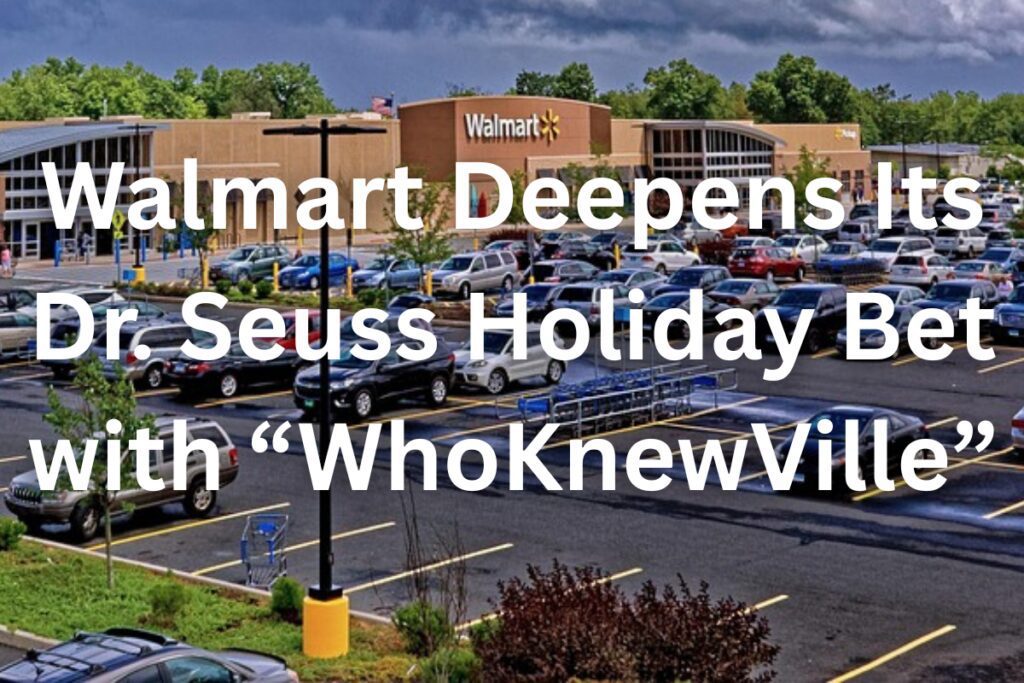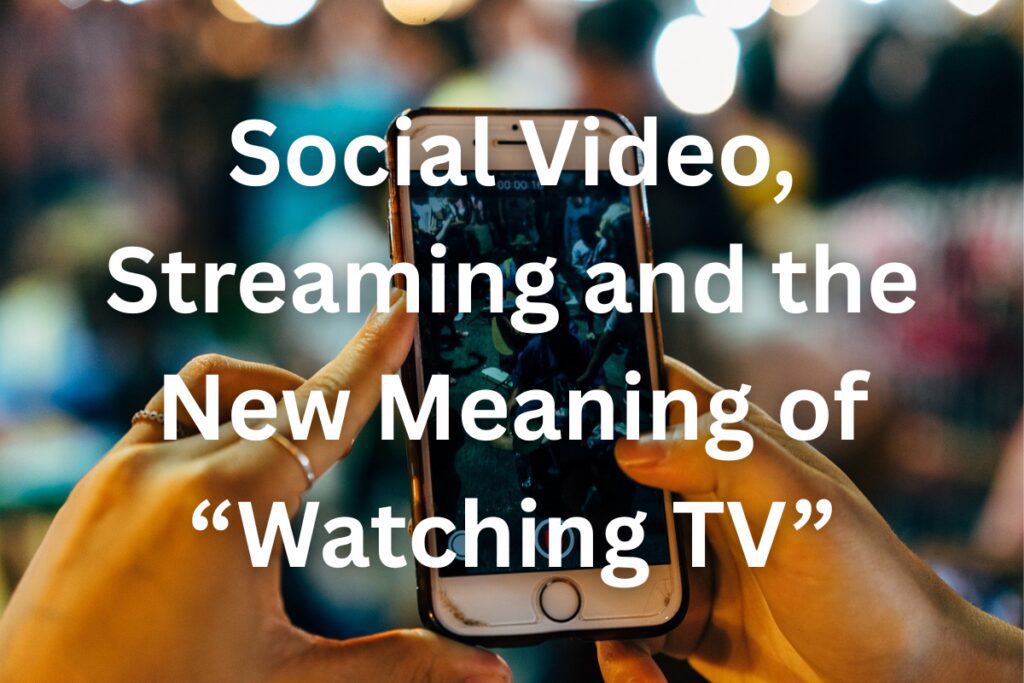As we edge further into 2025, the marketing world is undergoing a seismic shift – fuelled by digital-savvy generations, a growing appetite for artificial intelligence, and a complex economic backdrop.
From the influence of Gen Z and Gen Alpha to the rise of Connected TV (CTV) and AI-powered strategy, brands are navigating a multifaceted terrain where agility, foresight, and emotional intelligence are becoming the most valuable currencies.
Influencers and Social Media: The New Conversion Engine
Social media remains the beating heart of consumer influence in 2025.
The global social media ad market is forecasted to grow by 12% this year alone, with 59% of marketers planning to partner with more influencers in 2025 than in 2024 – a clear signal that influencer marketing continues to hold powerful sway.
Consumers are paying attention. A striking 76% of users say social media content has influenced a purchase decision. That figure skyrockets to 90% among Gen Z, a generation that has truly rewritten the playbook for digital marketing.
For Gen Z, social media isn’t just a channel – it’s the primary destination for information. When faced with a decision, 41% of them turn to social platforms first, while only 32% still use traditional search engines, and a modest 11% opt for chat-based AI.
AI: From Buzzword to Budget Priority
AI is no longer a novelty – it’s a cornerstone of forward-looking marketing strategy. In 2025, 71% of marketers plan to invest at least $10 million into AI over the next three years, a significant jump from 57% in 2024.
This increased confidence is echoed by CMOs, with 83% expressing optimism in the power of AI – up five percentage points year-on-year.
Despite the hype, the adoption of AI isn’t just about automation. It’s about insight. Marketers are leaning on AI to unlock better customer understanding, sharpen targeting, and create more agile content pipelines.
As AI grows more sophisticated, it’s becoming less of a tool and more of a strategic partner.
Economic Uncertainty and Shifting Consumer Confidence
The economic picture is far from simple. While 51% of U.S. consumers rate their concerns over tariffs as eight or higher on a ten-point scale, this hasn’t translated into complete spending paralysis.
In fact, 66% of consumers say they’re still able to afford necessities, and nearly half (48%) feel positively about affording non-essential purchases.
That said, caution is creeping in. 42% of consumers have decided to delay major purchases in 2025 – up significantly from just 28% at the start of 2024. For brands, this creates a delicate balancing act: crafting messages that respect economic anxieties while still inspiring aspiration and engagement.
The CMO Challenge: Complexity, Strategy, and the Short View
Behind the curtain, CMOs are feeling the pressure. An overwhelming 84% report difficulty developing and executing a cohesive marketing strategy.
Despite increased budget allocations – 30.6% of 2025 marketing budgets are earmarked for paid media – there’s an apparent lack of long-term planning. Only 15% of CMOs are looking beyond a three-year horizon.
The average marketing budget remains steady, making up 7.7% of company revenue. However, with so much of that going into paid channels, the challenge lies in ensuring every pound, dollar, or euro works harder than ever before.
Generation Alpha: The Next Billion-Dollar Consumer
While all eyes have been on Gen Z, the next wave is already making its presence felt. Generation Alpha – those born after 2010 – are already commanding significant spending power.
A full 53% of Gen Alpha children now receive an allowance, adding up to a staggering $28 billion in direct spending. By 2029, their global footprint is projected to hit $5.5 trillion.
Millennial parents are hyper-aware of their children’s digital consumption, with 90% agreeing that digital content is now an unavoidable part of their lives. This creates a two-fold opportunity for marketers: to engage the child and, just as crucially, win the trust of the parent.
Connected TV: The Streaming Surge Continues
As traditional TV continues its slow fade, Connected TV (CTV) is picking up pace.
Digital video ad spend is set to jump 14% from 2024, hitting $72.4 billion in 2025. Of that, a healthy 58% will be allocated to digital video – a figure reflecting CTV’s 13% growth this year alone.
For brands seeking high engagement, high impact, and screen-dominating attention, CTV remains an increasingly appealing option. As viewing habits fragment, marketers are seeing digital video not as a supplement, but as a central pillar of campaign strategy.
Conclusion: Adapting to the Age of Acceleration
Marketing in 2025 is not just about where audiences are – but who they are becoming.
From influencer-led decisions and AI-powered precision to shifting economic mindsets and the emergence of Gen Alpha, brands must think holistically, act quickly, and speak authentically.
The future favours those who can blend data with creativity, agility with consistency, and vision with empathy. As marketing enters its most dynamic chapter yet, the challenge isn’t just keeping up – it’s keeping human.









